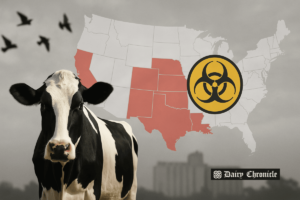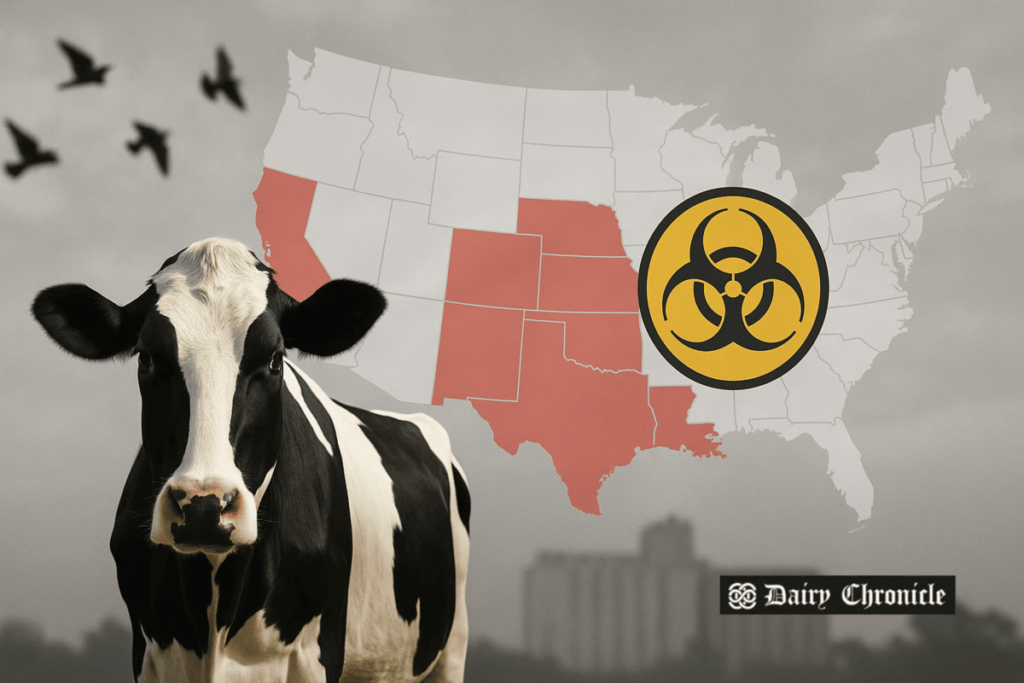A single spillover event from a wild bird has led to the spread of Highly Pathogenic Avian Influenza (HPAI) in U.S. dairy cattle. Researchers emphasize concerns over its potential to evolve and become a pandemic threat.
The spread of Highly Pathogenic Avian Influenza (HPAI) in U.S. dairy cattle has been traced back to a single spillover event from a wild bird. Researchers are raising alarms over the growing pandemic potential of the virus as it evolves and crosses species barriers.
HPAI viruses, particularly the H5N1 strain (clade 2.3.4.4b), are known to be highly transmissible among birds and pose serious risks to agriculture, animal health, and even human health. This specific strain has spread globally, infecting wild birds, poultry, and mammals – including a small number of humans.
For the first time, in 2024, the H5N1 virus was detected in U.S. dairy cattle, an unusual development for a virus that was primarily known to affect birds. Thao-Quyen Nguyen and her team from the University of Texas at Austin investigated the outbreak, analyzing over 100 virus variants. Their findings suggest that the outbreak originated from a spillover event in Texas in mid-to-late 2023, with the virus then spreading through undetected cow-to-cow transmission over several months.
The virus moved rapidly across several U.S. states, including North Carolina, Idaho, Michigan, Ohio, Kansas, and South Dakota. Infected cattle helped spread the virus to other species, including poultry, wild birds like grackles and pigeons, as well as raccoons and cats. Genetic analysis indicated that the virus had undergone mutations that made it more adapted to mammals, signaling a dangerous potential for further evolution.
Nguyen’s team emphasizes the need for stronger coordination between animal and public health organizations to curb the virus’s spread. “Influenza A virus is a transboundary pathogen,” Nguyen noted, “requiring collaborative efforts to reduce its pandemic risk.” The situation serves as a stark reminder of the global interconnectedness of animal health and the pressing need for vigilance in monitoring emerging diseases.

